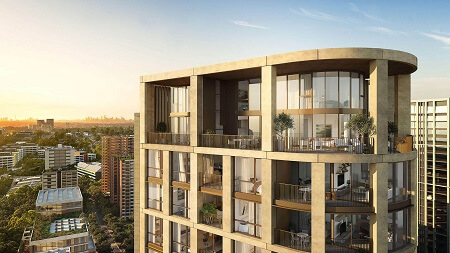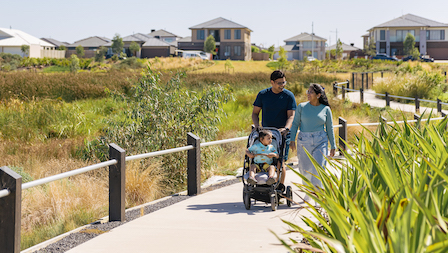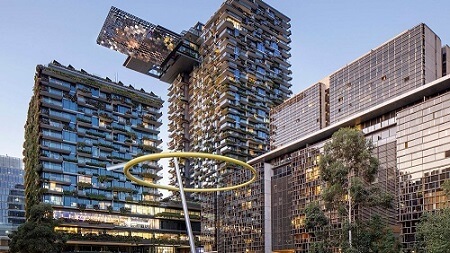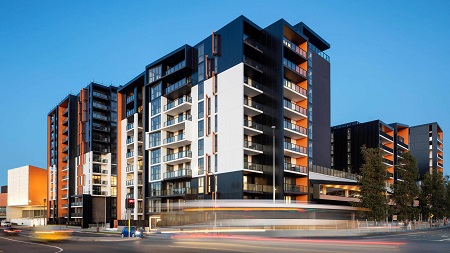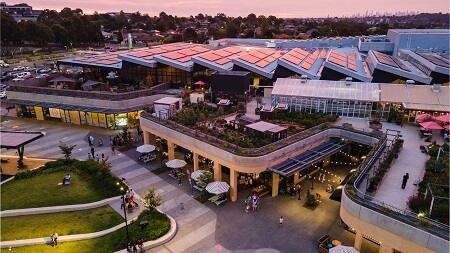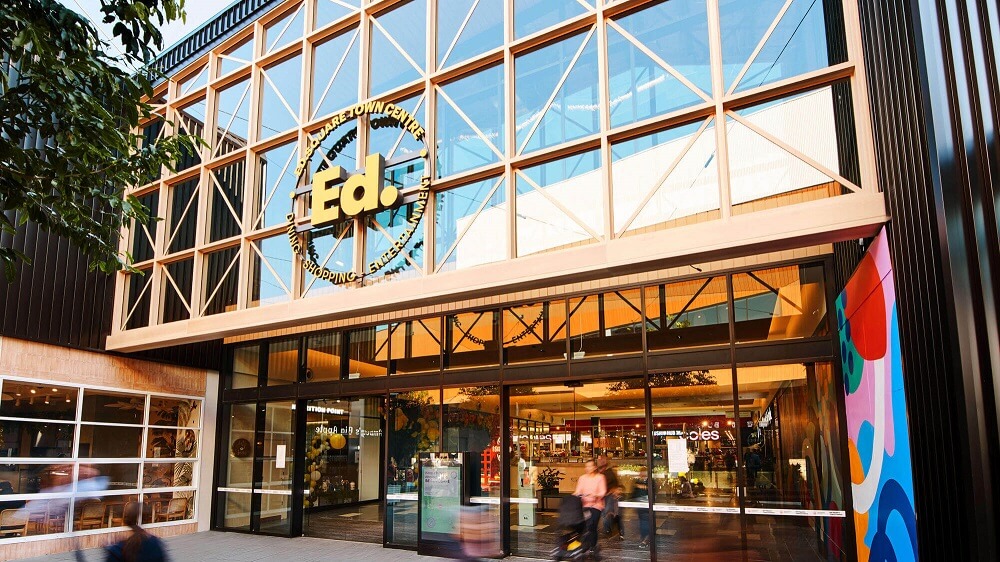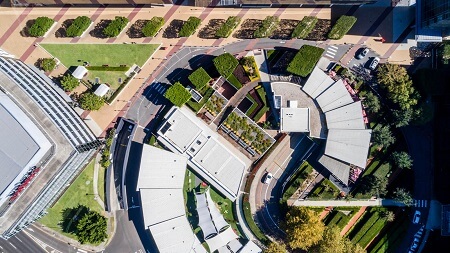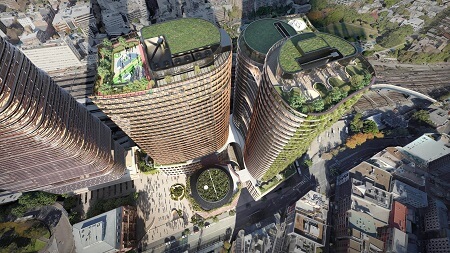Governance - building stronger foundations
Laying the groundwork for a sustainable future
Stronger foundations
The Stronger pillar of our sustainability strategy is all about laying the groundwork for a better future. We believe that the decisions we make today will have a ripple effect, shaping the lives of generations to come. That's why we focus on building a strong and sustainable foundation for our business, our communities, and the planet.
Our enabling initiatives
Masterplanned Developer of Choice
Customer Focus & Benchmarked Quality
Workforce Diversity & Innovation
Sustainable Finance & Leadership
A masterplanned developer of choice

With a century of experience developing the neighbourhoods of Australia, Frasers Property has earned a reputation for excellence and trust. Our track record speaks for itself, with a portfolio of successful projects that have transformed communities and created vibrant new neighbourhoods where families flourish.
- Global reach: Backed by the multinational Frasers Property brand, we have the resources and expertise to take on large-scale projects that make a real difference.
- Trusted partnerships: We collaborate with private landowners, state and local governments, and community organisations to create places where people feel proud to belong.
- Industry leadership: We actively participate in industry associations and contribute to initiatives like Ending Loneliness Together, because we believe in the power of cooperation and collaboration to shape the future of Australian life.
Quality & customer care
We've been crafting homes and communities across Australia for more than 100 years, earning a reputation for quality and care that's been meticulously built over time, not overnight. It’s a commitment that runs deep, guiding every decision and shaping every detail.
- Industry best practices: We align with recognised quality standards and participate in peak industry associations to ensure we are always at the forefront of best practices.
- Independent verification: We subject our work to independent third-party audits and peer reviews to maintain the highest levels of accountability and transparency.
- Customer care: Our dedicated local customer care team and our Care & Rewards program ensure that our customers feel valued and supported throughout their journey with us.

Diversity & inclusion

We believe that a diverse and inclusive workplace is essential for creating thriving communities. We are committed to fostering a culture where everyone feels respected, valued, and empowered to contribute their best.
- Reconciliation Action Plan: Frasers Property Australia acknowledges the importance of working with the Traditional Owners of the land and committing to respectful actions that foster participation for Aboriginal and Torres Strait Islander peoples. Our Reconciliation Action Plan focuses on genuine relationship building, knowledge sharing, and creating opportunities for economic empowerment.
- Diversity, Equity and Inclusion: We champion a workplace where diversity is celebrated, and everyone has the opportunity to thrive. We believe that by embracing different perspectives and experiences, we can build stronger, more resilient communities.
Sustainable finance & leadership
A commitment to sustainability is embedded in every aspect of our business, from the design and construction of our buildings to the way we finance our operations. We take a holistic approach, aligning our financial practices with our environmental and social goals.
- Sustainable finance: We’re committed to responsible financing and have secured 100% of our corporate funding in the form of sustainability-linked loans. This means that our financial performance is directly tied to our environmental and social performance, ensuring that sustainability is at the heart of everything we do.
- Global leadership: As part of a global company, we benefit from the expertise and resources of the Frasers Property Group, a leader in sustainable development. This allows us to leverage best practices and innovative solutions from around the world.
- Green Star & GRESB Leadership: Thirteen Frasers Property communities are certified under the Green Star Communities tool, seven of which have achieved a 6 Star rating, representing World Leadership in sustainability. The remaining six have certified 5 Star ratings, representing Australian Leadership. We aim to achieve 5-Star Green Star ratings for new developments and at least 4-Star Green Star ratings for our existing portfolio. These targets contribute to our strong GRESB , a globally recognised benchmark, which helps us secure green finance and demonstrate our commitment to environmental sustainability. We've maintained the highest possible five-star GRESB rating since 2018, demonstrating our commitment to environmental excellence and placing us among the leaders in our industry.

Sustainable Finance Reporting
Sustainability Notes
In September 2021, Frasers Property AHL Limited issued S$300 million sustainability notes at 3.00%, which will mature in 2028.
Pursuant to Frasers Property Australia Pty Limited’s (“FPA”) Sustainable Finance Framework (“the Framework”), FPA committed to provide information on proceeds allocation on its website and update such information annually (until all the proceeds have been fully allocated).
The net proceeds raised under the Framework must be exclusively used to finance or re-finance:
- Investment properties portfolio that has achieved 4 Star rating from the latest available GRESB Benchmark Report - Standing Investment and
- Development Assets portfolio that has achieved 4 Star rating from the latest available GRESB Benchmark Report - Development.
The total proceeds from the S$300 million sustainability notes issuance were allocated to finance or re-finance the Investment properties and Development Assets portfolio.
A copy of the Sustainable Finance Report can be found here.
Greenhouse Gas (GHG) Inventories
Frasers Property AHL has engaged KPMG to perform limited assurance in relation to FY24, FY23 and FY19 (base-year) Greenhouse Gas (GHG) Inventories (Scope 1, Scope 2 Location-Based, Scope 2 Market-Based, Scope 3 Location-Based and Scope 3 Market-Based GHG Emissions). The GHG inventories and limited assurance reports can be found here.


